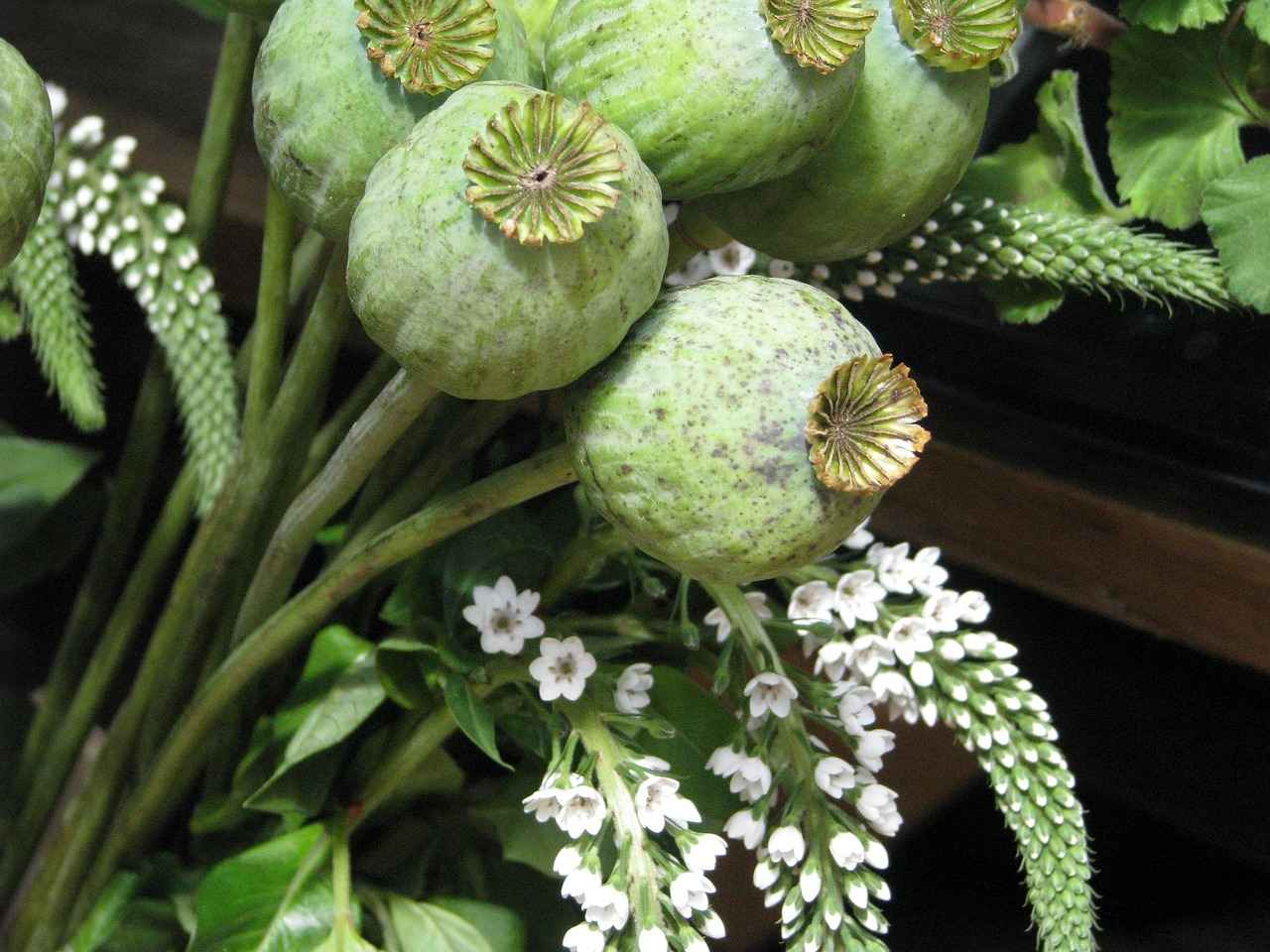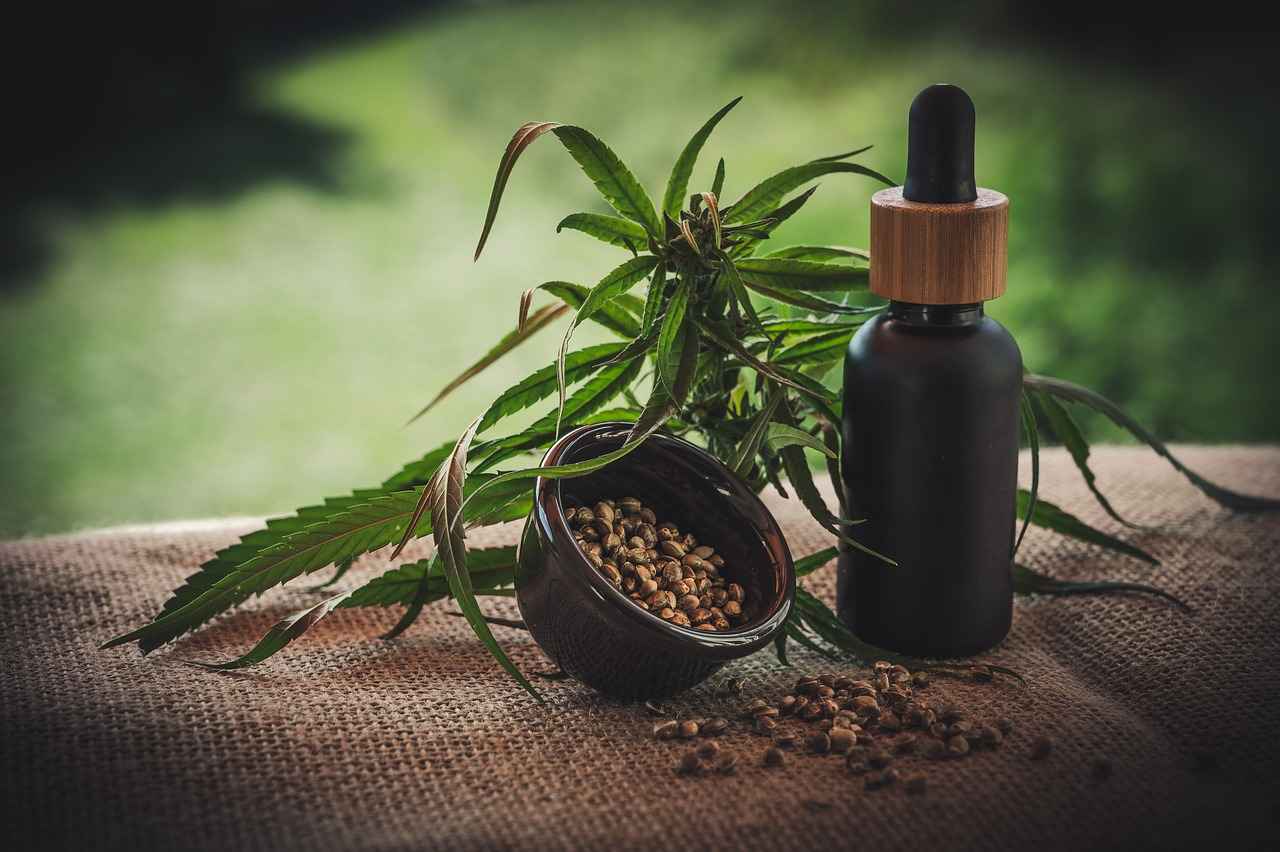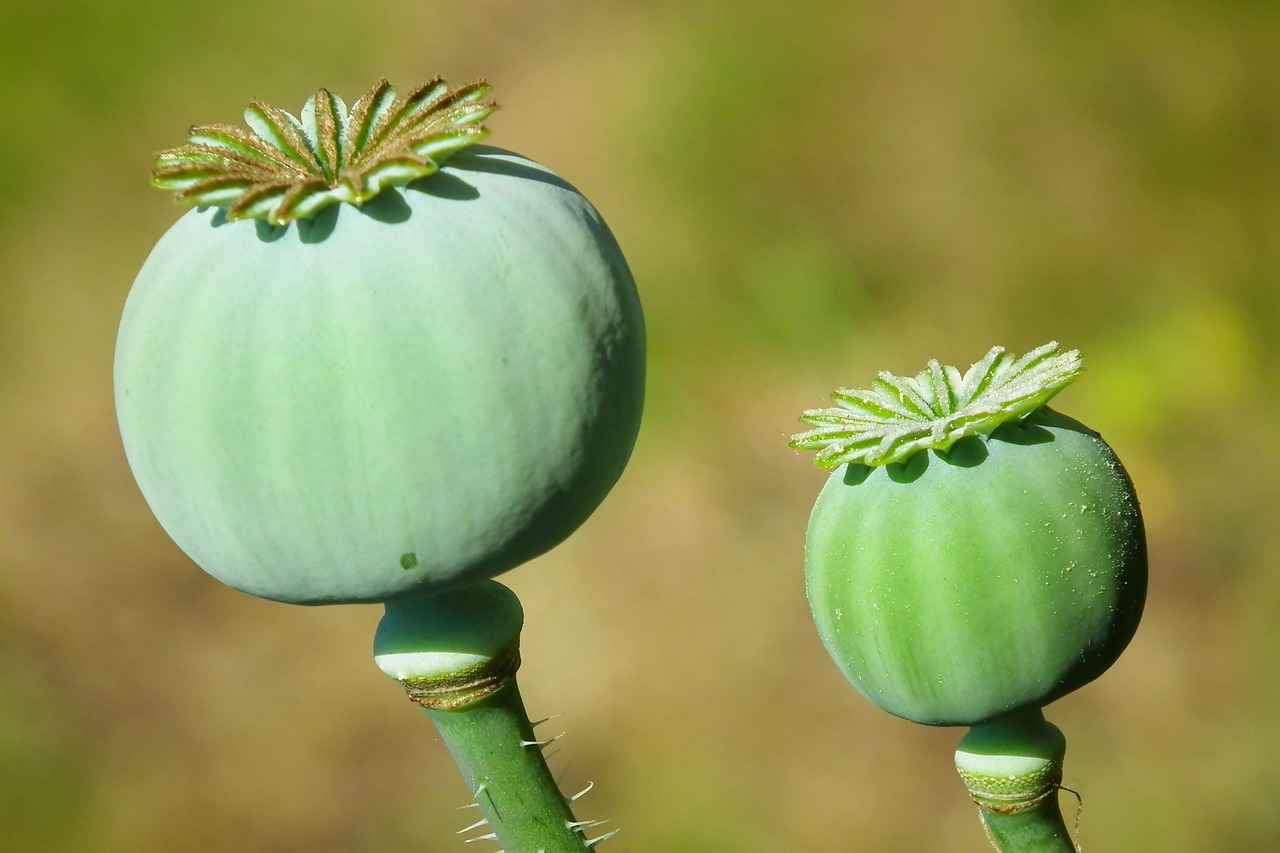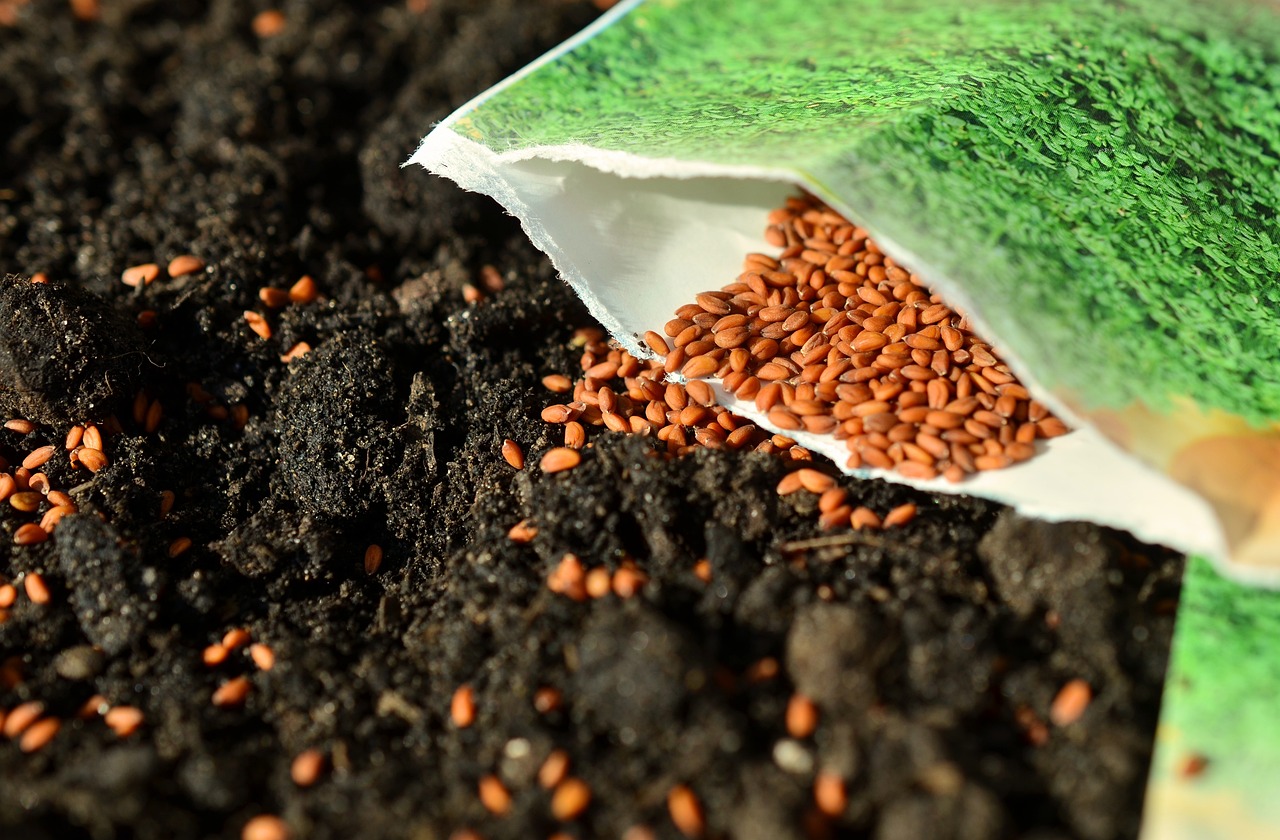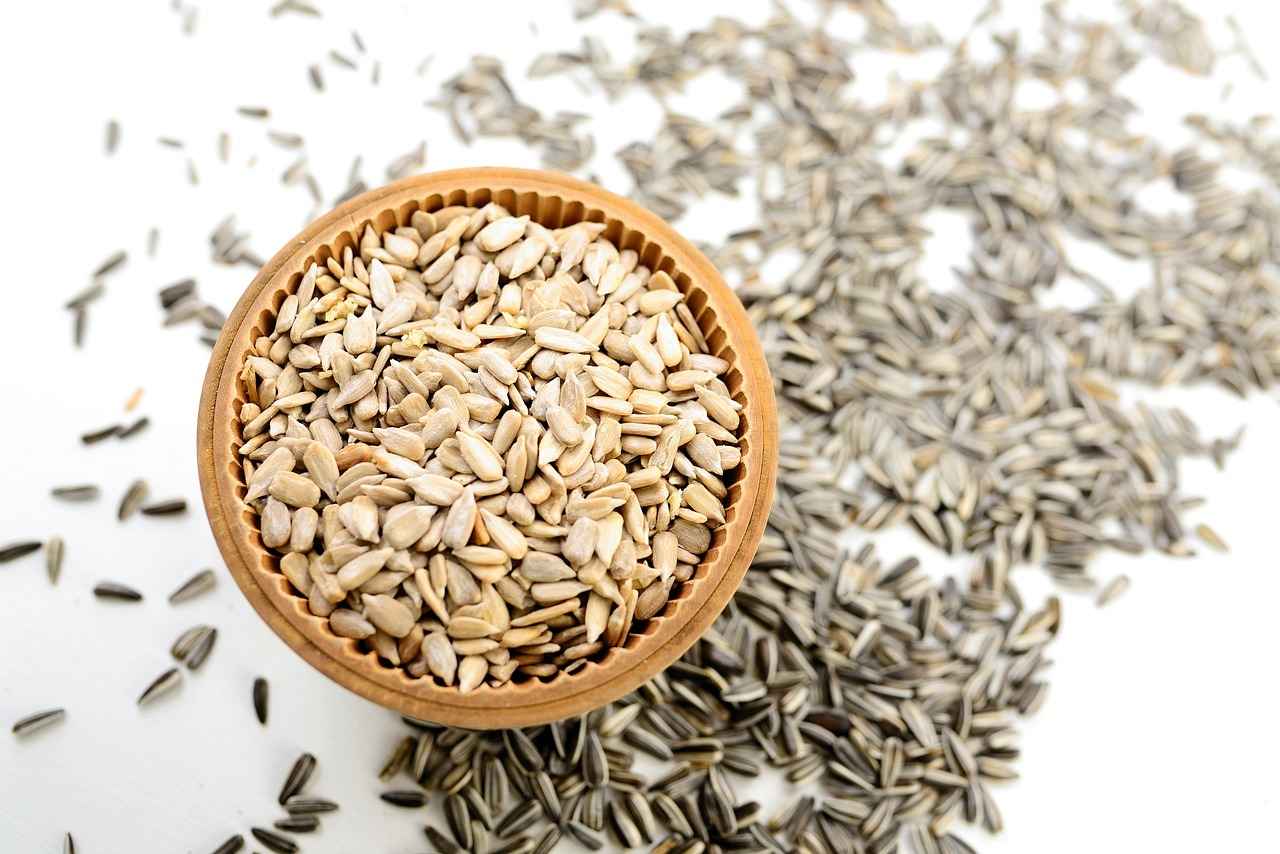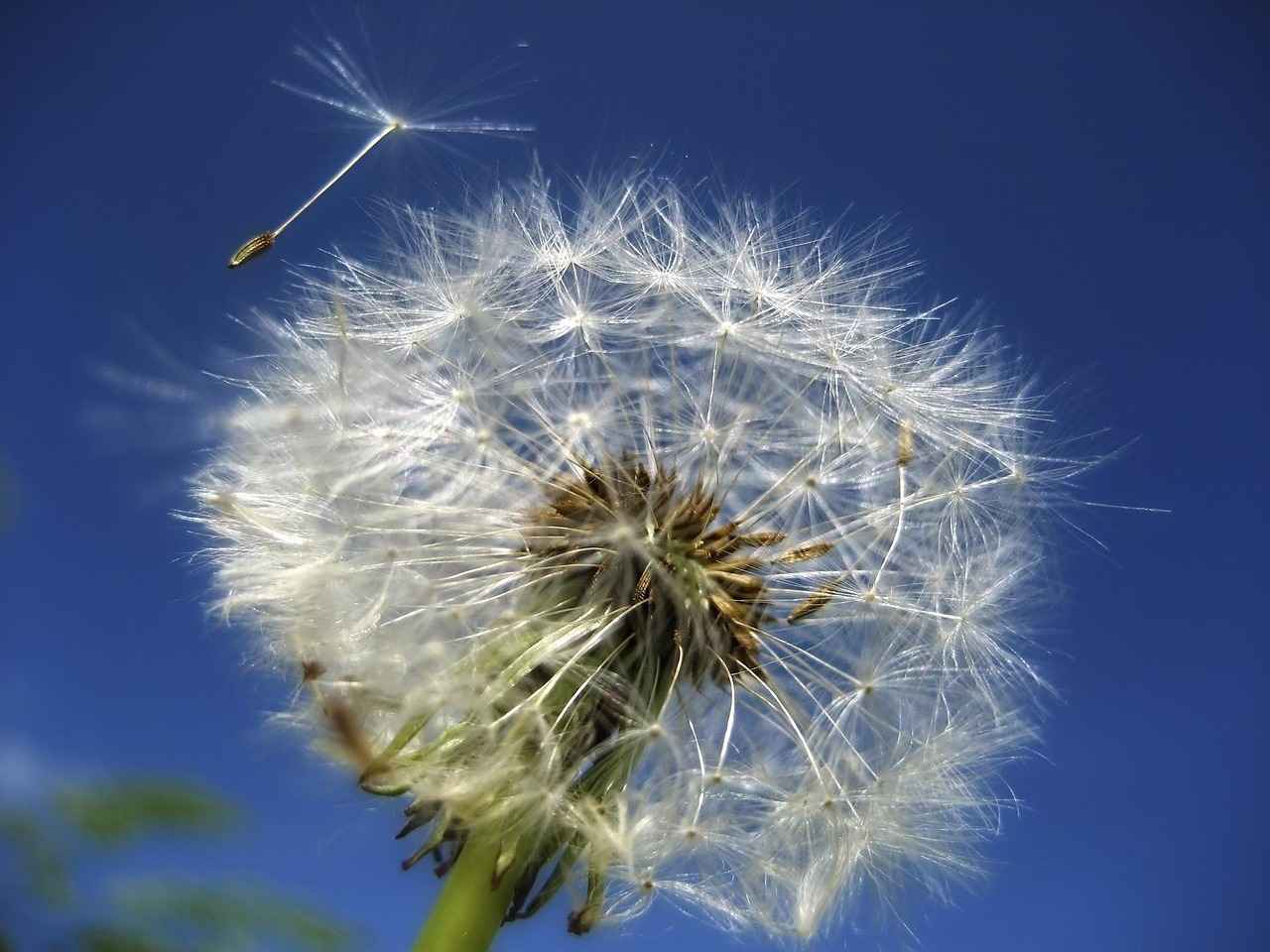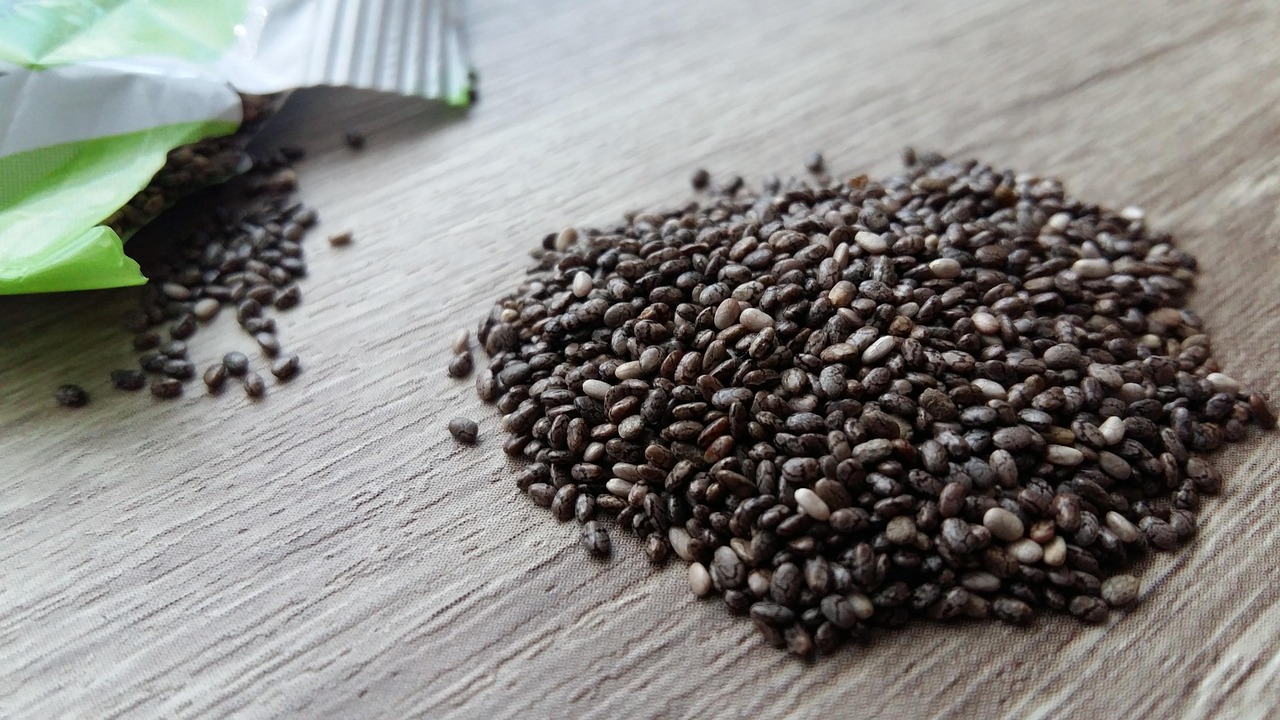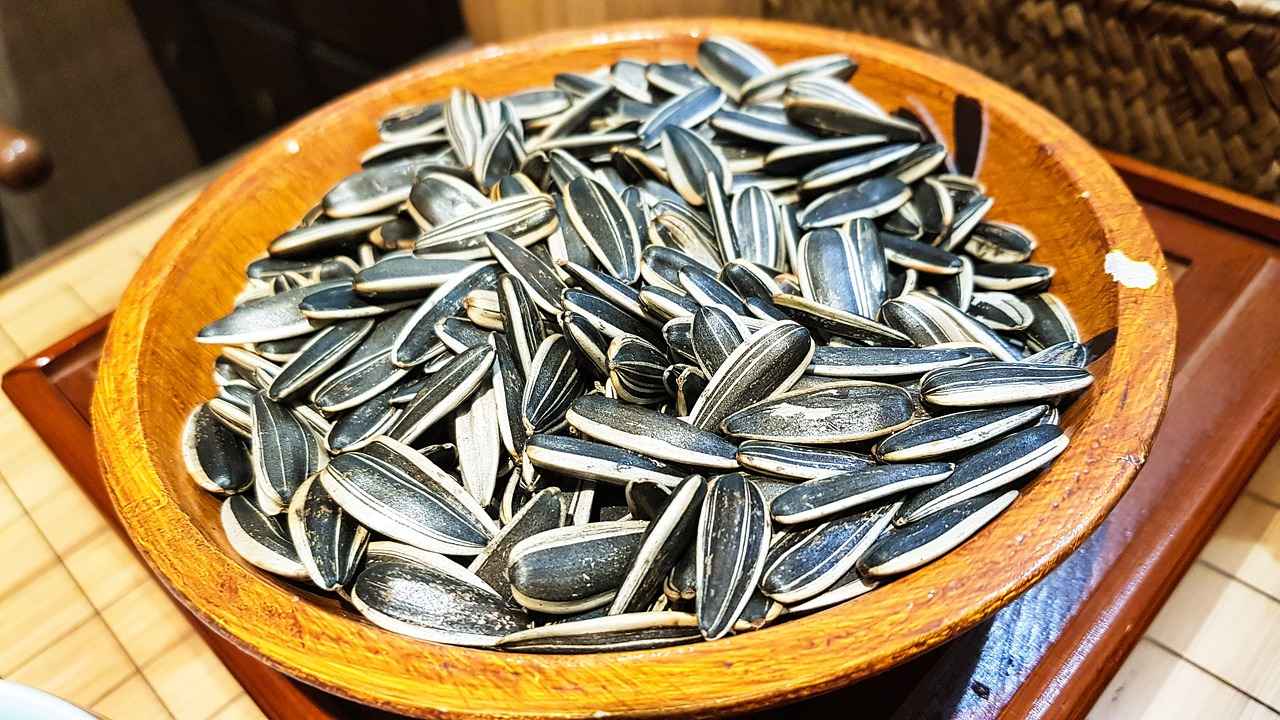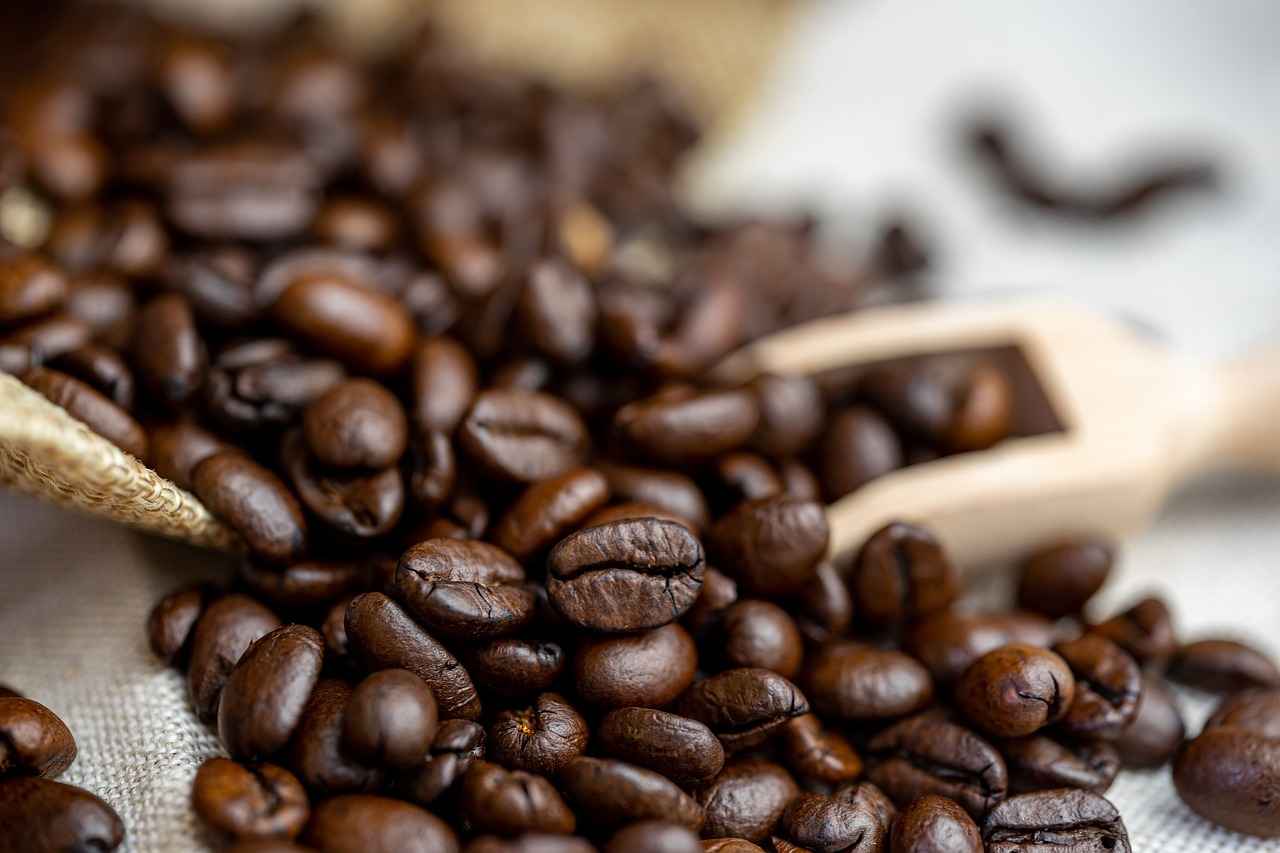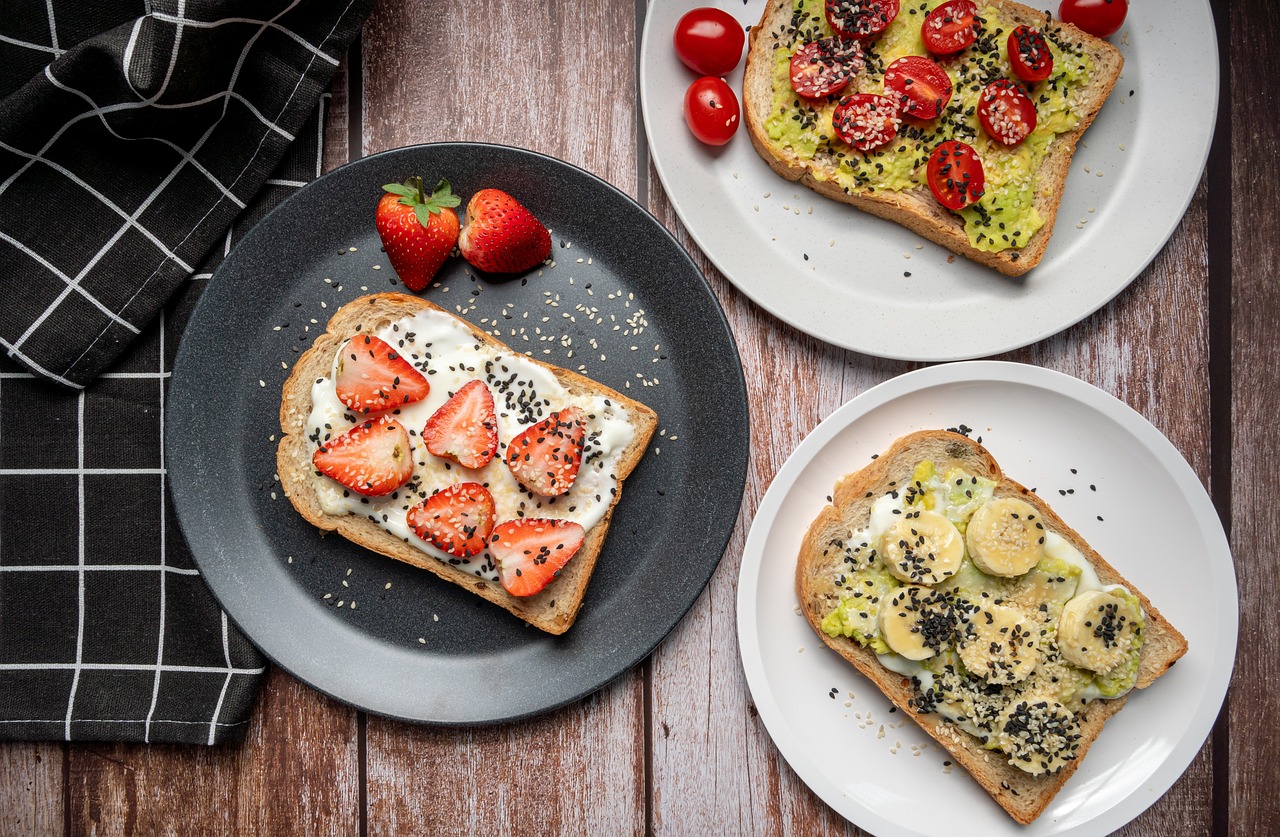Chia seeds have become a popular ingredient in vegan baking, particularly as an effective egg substitute. This article delves into the numerous benefits of using chia seeds, outlines the preparation methods, and offers practical tips for incorporating them into your favorite recipes.
A chia seed egg substitute is a plant-based alternative to traditional eggs. To create this substitute, simply mix 1 tablespoon of chia seeds with 3 tablespoons of water. Allow the mixture to sit for approximately 10-15 minutes until it develops a gel-like consistency. This gel acts as a binding agent, adding moisture and structure to your baked goods.
- Nutritional Benefits: Chia seeds are packed with essential nutrients, including omega-3 fatty acids, fiber, and protein. These nutrients contribute to a healthier diet.
- Versatility: They can be used in a variety of recipes, from pancakes to brownies, making them a versatile choice for any baker.
- Neutral Flavor: Unlike some other substitutes, chia seeds have a mild flavor that does not overpower the taste of your baked goods.
Preparing chia seed eggs is a simple process:
1. Measure 1 tablespoon of chia seeds.2. Combine with 3 tablespoons of water.3. Stir well and let sit for 10-15 minutes.4. Use the gel in your recipes as you would use an egg.
Chia seed eggs can enhance the texture and moisture of various recipes, including:
- Pancakes
- Muffins
- Cookies
- Brownies
These recipes benefit significantly from the binding properties of chia seeds, ensuring a delightful end product.
When compared to other egg substitutes like flaxseed or applesauce, chia seeds provide similar binding properties while offering a neutral flavor. This makes them a preferred choice for many bakers looking for an effective egg replacement.
While chia seeds are an excellent substitute, some bakers may notice a slight alteration in texture. It’s essential to experiment with recipes to find the right balance and achieve the desired consistency.
- Adjust baking times to account for the moisture chia seeds add.
- Experiment with ingredient ratios to maintain the desired texture.
- Consider combining chia seeds with other substitutes for optimal results.
Yes, chia seeds are naturally gluten-free and can be effectively used in gluten-free baking. They provide essential moisture and binding properties, making them an excellent choice for gluten-free recipes.
To maintain the freshness of chia seeds, store them in a cool, dark place in an airtight container. This will help preserve their nutritional value and extend their shelf life.
Chia seeds are widely available at health food stores, supermarkets, and online retailers. When purchasing, look for high-quality, organic options to ensure the best results in your baking endeavors.
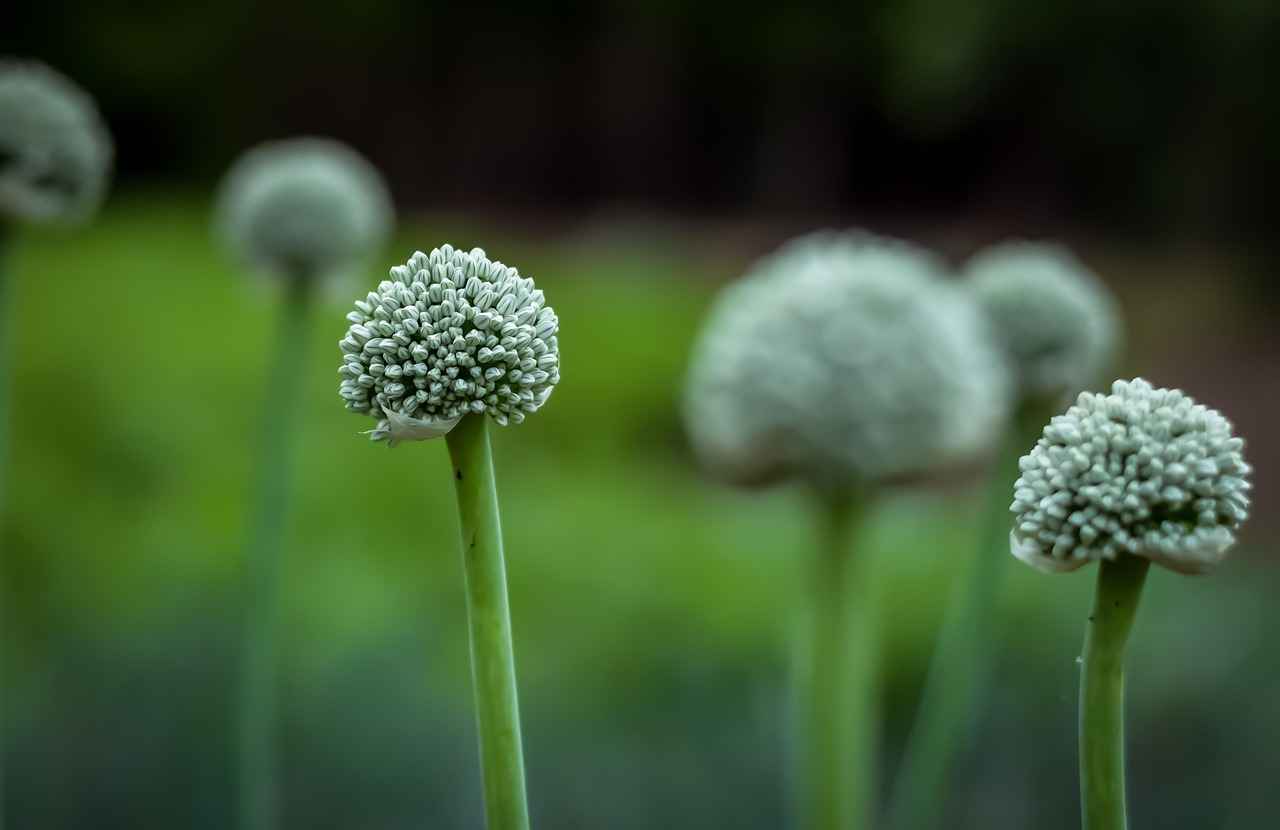
What is a Chia Seed Egg Substitute?
A chia seed egg substitute is a popular plant-based alternative to traditional eggs, especially favored in vegan baking. This substitute is created by combining chia seeds with water, resulting in a gel-like consistency that mimics the binding and moisture-retaining properties of eggs in various recipes. This makes it an ideal option for those who are looking to eliminate animal products from their diet while still enjoying delicious baked goods.
Why Choose Chia Seeds for Baking?
Chia seeds are not only versatile but also packed with nutrients. They are an excellent source of omega-3 fatty acids, which are essential for heart health, and they are high in fiber, which aids in digestion. By using chia seeds as an egg substitute, bakers can enhance the nutritional profile of their recipes while ensuring they remain moist and flavorful.
How to Prepare Chia Seed Eggs?
Preparing a chia seed egg is incredibly simple. To make one chia seed egg, mix one tablespoon of chia seeds with three tablespoons of water. Stir the mixture well and allow it to sit for about 10 to 15 minutes until it thickens into a gel. This gel can then be used in place of one egg in your favorite recipes.
What Recipes Can Benefit from Chia Seed Eggs?
Chia seed eggs can be utilized in a wide variety of baked goods, including:
- Pancakes
- Muffins
- Cookies
- Brownies
These seeds not only help bind the ingredients but also add moisture, ensuring that your baked items are tender and delicious.
How Does Chia Seed Compare to Other Egg Substitutes?
When comparing chia seeds to other common egg substitutes, such as flaxseed or applesauce, chia seeds stand out due to their neutral flavor and similar binding capabilities. This makes them a versatile choice, suitable for a wide range of recipes without altering the intended taste.
Are There Any Downsides to Using Chia Seed Eggs?
While chia seeds are an excellent substitute, some bakers may notice a slight change in texture. The gel created by chia seeds can make baked goods denser, which might not be desirable in all recipes. Understanding these nuances can help bakers adjust their recipes accordingly for optimal results.
Tips for Successful Vegan Baking with Chia Seeds
Here are some practical tips to ensure success when using chia seeds in baking:
- Adjust baking times as needed; chia seed-based recipes may require slight modifications.
- Experiment with ingredient ratios to achieve the desired texture and flavor.
- Combine chia seeds with other ingredients that enhance moisture, such as applesauce or mashed bananas.
Can You Use Chia Seeds in Gluten-Free Baking?
Absolutely! Chia seeds are naturally gluten-free and can be effectively integrated into gluten-free baking recipes. They provide the necessary binding and moisture, making them an ideal choice for those with gluten sensitivities.
How to Store Chia Seeds for Optimal Freshness?
To maintain the freshness of chia seeds, store them in a cool, dark place within an airtight container. This practice will help preserve their nutritional value and extend their shelf life, ensuring that they remain a healthy addition to your baking pantry.
Where to Buy Chia Seeds for Baking?
Chia seeds are widely available in health food stores, supermarkets, and online retailers. When purchasing, look for high-quality, organic options to ensure the best results in your baking endeavors.
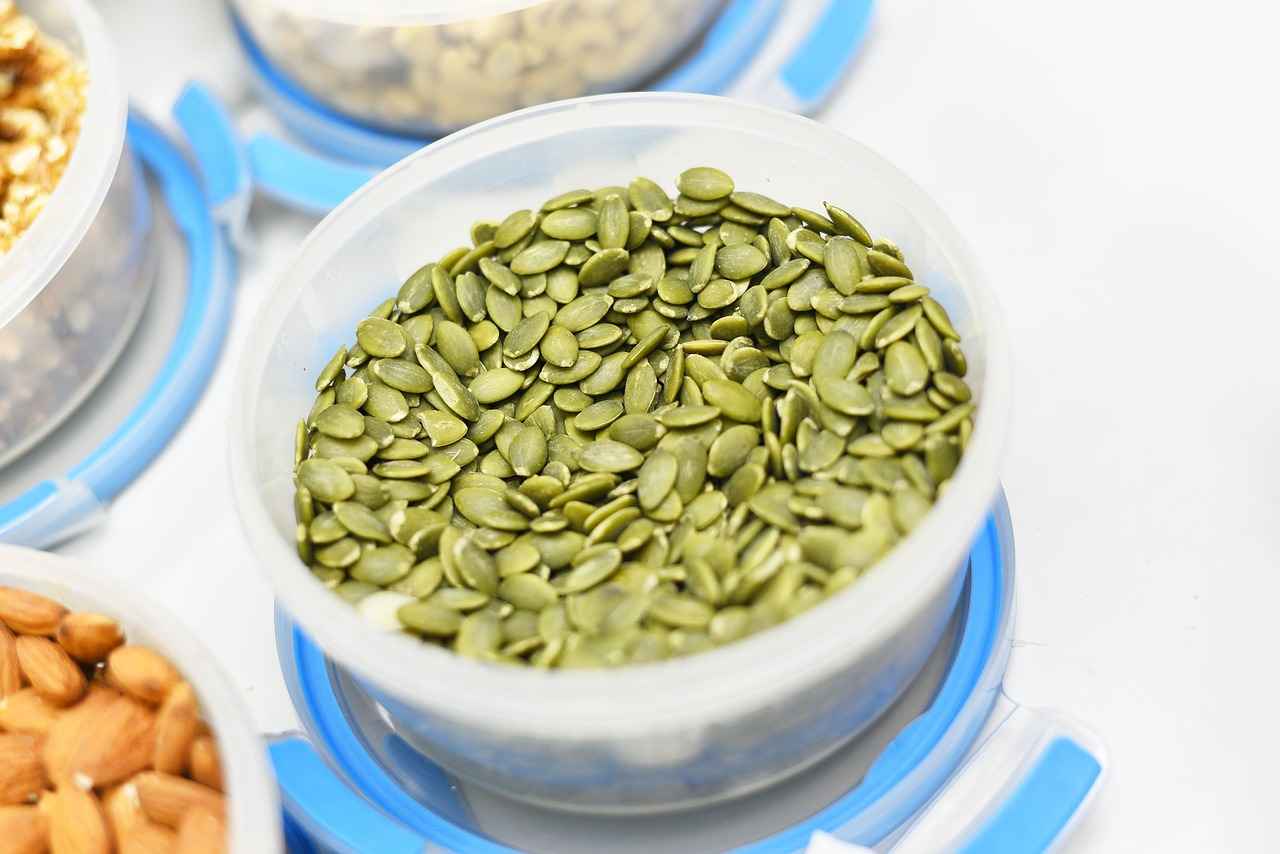
Why Choose Chia Seeds for Baking?
Chia seeds have gained popularity in the baking world, particularly among those seeking plant-based alternatives to traditional ingredients. These tiny seeds are not just a trend; they are packed with essential nutrients that can enhance your baking experience. Let’s delve into the reasons why chia seeds are an excellent choice for baking.
- Rich Nutritional Profile: Chia seeds are a powerhouse of nutrients. They are high in omega-3 fatty acids, which are known for their heart health benefits. Additionally, they are an excellent source of dietary fiber, which aids in digestion and helps maintain a healthy weight.
- Natural Egg Substitute: As a vegan-friendly option, chia seeds serve as an effective egg replacement in baked goods. When mixed with water, they form a gel-like consistency that mimics the binding properties of eggs, making them suitable for a variety of recipes.
- Versatile in Recipes: Chia seeds can be used in a wide range of baked goods, including pancakes, muffins, cookies, and brownies. They enhance the texture and moisture content of these treats, ensuring they remain delicious and satisfying.
- Neutral Flavor: Unlike some other egg substitutes, chia seeds have a mild flavor that does not overpower the taste of your baked goods. This makes them an ideal choice for those who want to maintain the original flavor profile of their recipes.
- Gluten-Free Option: For those with gluten sensitivities, chia seeds are naturally gluten-free and can be seamlessly integrated into gluten-free baking recipes, providing both moisture and binding capabilities.
- Health Benefits: Incorporating chia seeds into your diet can lead to numerous health benefits, including improved heart health, better digestion, and increased energy levels. These benefits make chia seeds not just an ingredient but a healthful addition to your baking.
When it comes to baking, the choice of ingredients can significantly affect the outcome of your recipes. Chia seeds offer a unique combination of health benefits and functional properties that make them a valuable addition to any baker’s pantry. Their ability to replace eggs without compromising flavor or texture allows for greater creativity in the kitchen, especially for those following a vegan lifestyle.
Moreover, chia seeds are easy to store and have a long shelf life, making them a convenient option for home bakers. They can be purchased in bulk, ensuring you always have a supply on hand for your baking needs. To prepare a chia seed egg, simply mix one tablespoon of chia seeds with three tablespoons of water and let it sit for about 10-15 minutes until it thickens. This simple process opens up a world of possibilities for delicious, guilt-free baking.
In summary, choosing chia seeds for baking not only contributes to healthier recipes but also enhances the overall quality of your baked goods. Their versatility, nutritional benefits, and ease of use make them a top choice for anyone looking to create delicious vegan treats without sacrificing taste or texture.

How to Prepare Chia Seed Eggs?
When it comes to vegan baking, finding the right egg substitute can be a game-changer. One popular option is the chia seed egg, which not only provides binding and moisture but also adds a nutritional boost to your recipes. Preparing chia seed eggs is incredibly easy and requires just a few simple steps. Here’s how to do it:
- Step 1: Start with one tablespoon of chia seeds. You can use either whole or ground chia seeds, though whole seeds tend to create a more textured result.
- Step 2: Combine the chia seeds with three tablespoons of water. This ratio is crucial for achieving the right consistency.
- Step 3: Mix the ingredients thoroughly to ensure the seeds are evenly distributed in the water.
- Step 4: Allow the mixture to sit for 10 to 15 minutes. During this time, the chia seeds will absorb the water and swell, forming a gel-like consistency.
- Step 5: Once the gel is formed, you can use it immediately in your baking recipes.
The resulting chia seed egg can replace one egg in most recipes. This makes it an excellent choice for pancakes, muffins, cookies, and even brownies. Not only does it help bind the ingredients together, but it also enhances the moisture content, leading to a better texture in your baked goods.
Additionally, chia seeds are packed with omega-3 fatty acids, fiber, and protein, making them a nutritious addition to your diet. This means that by using chia seed eggs, you are not only making a vegan-friendly choice but also enriching your recipes with important nutrients.
It’s worth noting that while chia seeds work well as an egg substitute, they may slightly alter the texture of some baked goods. Experimenting with ratios can help you find the perfect balance for your specific recipes. For instance, if you find that the chia seed egg makes your batter too thick, you can adjust the amount of water or chia seeds accordingly.
In summary, preparing chia seed eggs is a straightforward process that can significantly enhance your vegan baking experience. With just a few steps, you can create a versatile egg substitute that not only binds ingredients together but also adds valuable nutrients to your dishes. So, next time you’re whipping up a batch of cookies or a cake, consider reaching for chia seeds for a delicious and healthy alternative.
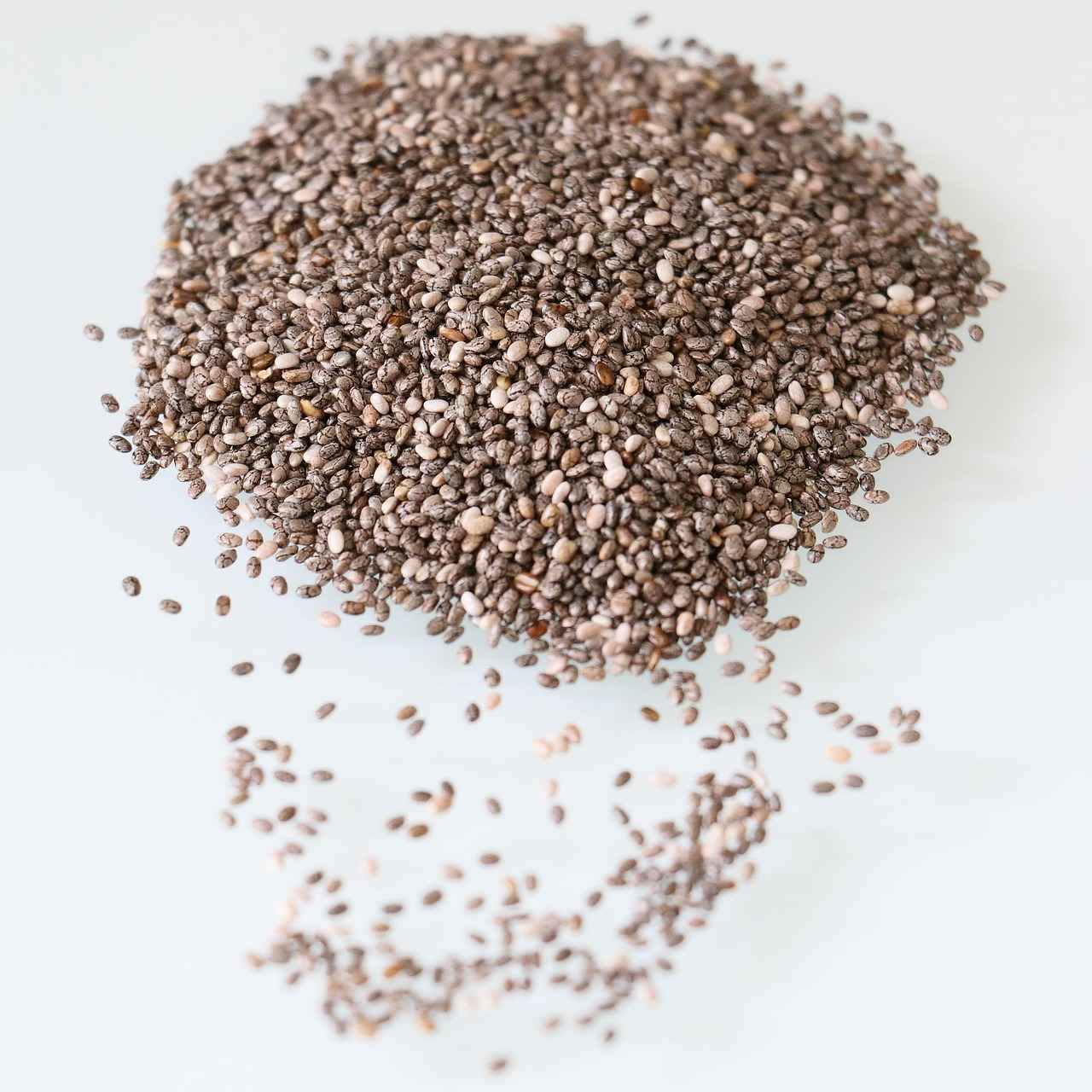
What Recipes Can Benefit from Chia Seed Eggs?
Chia seed eggs have become a popular choice among bakers, especially those following a vegan diet. These tiny seeds not only serve as an effective egg substitute but also enhance the overall quality of various baked goods. In this section, we will explore a variety of recipes that can greatly benefit from the inclusion of chia seed eggs.
- Pancakes: Incorporating chia seed eggs into pancake batter adds moisture and creates a fluffy texture. The binding properties of chia seeds help hold the pancakes together, resulting in a satisfying breakfast option.
- Muffins: Chia seed eggs can elevate muffins by providing a tender crumb and added moisture. Whether you’re making blueberry, banana, or chocolate chip muffins, chia seeds seamlessly blend into the batter without altering the flavor.
- Cookies: For cookie lovers, chia seed eggs offer a fantastic way to achieve a chewy texture. They work well in recipes for oatmeal cookies, chocolate chip cookies, and even vegan brownies, ensuring that every bite is deliciously satisfying.
- Brownies: Brownies made with chia seed eggs are rich and fudgy. The gel-like consistency of the chia seeds helps create a dense and moist brownie, perfect for satisfying your sweet tooth.
- Quick Breads: When baking quick breads, such as banana bread or zucchini bread, chia seed eggs can enhance moisture while providing essential nutrients. They contribute to a delightful texture that keeps the bread fresh longer.
- Cakes: Chia seed eggs can be used in cake recipes to create a light and airy texture. They work well in both layered cakes and single-layer cakes, making them a versatile addition to your baking repertoire.
- Energy Bars: For those looking for a healthy snack, energy bars made with chia seed eggs can provide a great source of energy. The binding properties help hold the ingredients together, making them easy to pack and take on the go.
In addition to these recipes, chia seed eggs can also be used in a variety of other baked goods, such as pancake mixes and savory dishes like veggie burgers. Their versatility makes them an excellent choice for anyone looking to replace eggs in their cooking.
By using chia seed eggs, you not only make your recipes vegan-friendly but also boost the nutritional profile of your baked goods. Chia seeds are packed with omega-3 fatty acids, fiber, and various essential minerals, making them a healthful addition to any recipe.
In summary, chia seed eggs can be effectively incorporated into a wide range of recipes, enhancing both texture and moisture while maintaining the integrity of the flavor. They are an excellent option for bakers looking to explore plant-based alternatives in their culinary creations.
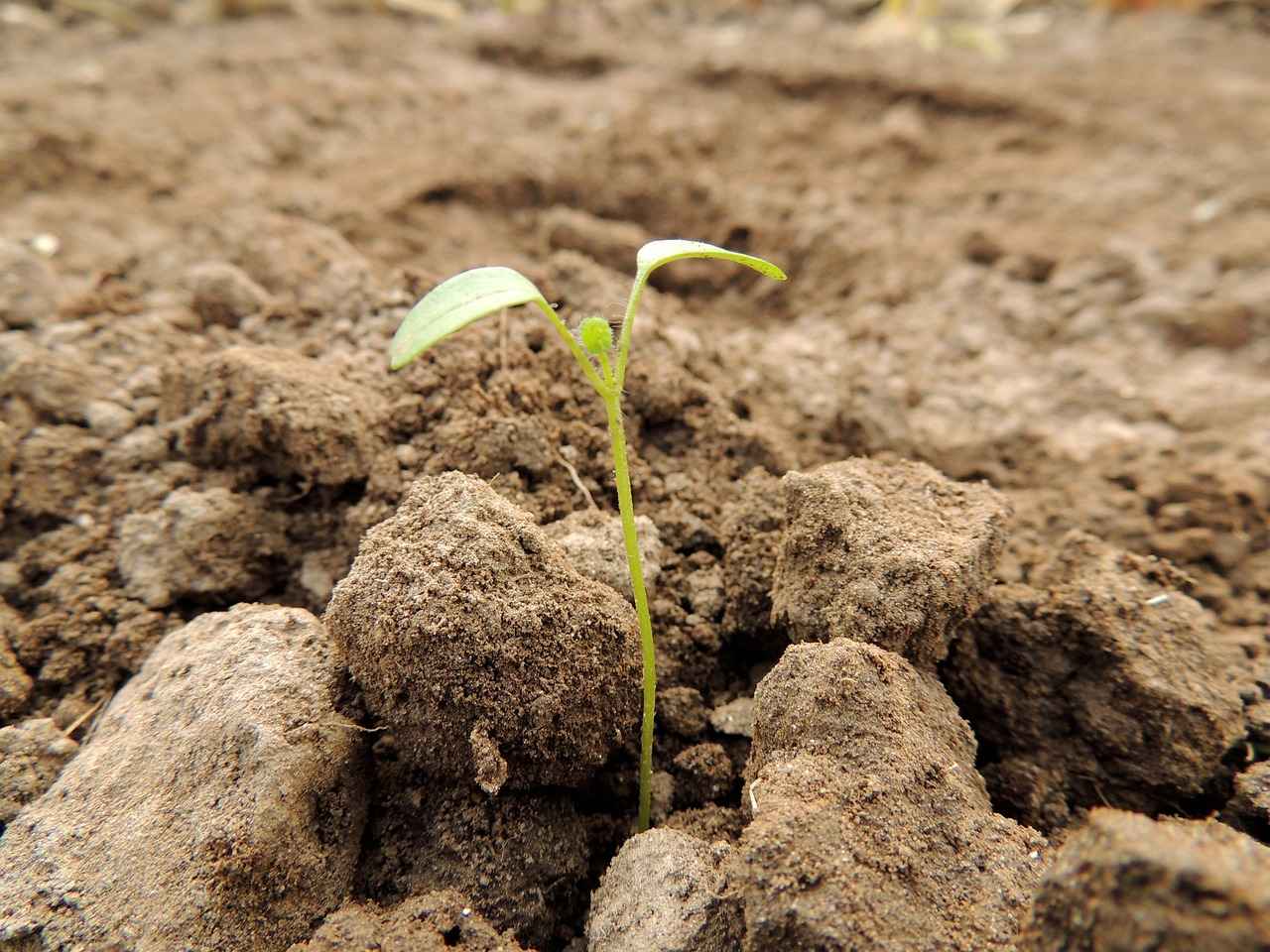
How Does Chia Seed Compare to Other Egg Substitutes?
When it comes to vegan baking, finding the right egg substitute can be a challenge. Chia seeds have emerged as a popular choice, but how do they stack up against other options like flaxseed or applesauce? This section will delve into the unique characteristics of chia seeds and compare them with these alternatives, helping you make an informed decision for your baking needs.
Chia seeds are not just a trendy superfood; they serve as an excellent egg substitute due to their neutral flavor and impressive binding properties. When mixed with water, they create a gel-like consistency that mimics the texture of eggs, making them suitable for a variety of baked goods.
- Flavor: Chia seeds have a milder taste compared to flaxseed, which can introduce a nutty flavor to your recipes. This makes chia seeds a better option for delicate baked goods where flavor neutrality is essential.
- Binding Properties: Both chia seeds and flaxseed provide excellent binding, but chia seeds tend to absorb more moisture, which can enhance the overall texture of your baked items.
- Nutritional Benefits: Chia seeds are rich in omega-3 fatty acids, fiber, and protein, offering a nutritional edge over flaxseed, which is primarily known for its fiber content.
- Moisture Content: Applesauce adds moisture and sweetness to recipes, making it ideal for cakes and muffins. However, it can alter the flavor profile, whereas chia seeds maintain the original taste of the dish.
- Binding Properties: While applesauce provides some binding, chia seeds are generally more effective, particularly in recipes that require a firmer structure, such as cookies and brownies.
- Caloric Consideration: Chia seeds are more calorie-dense than applesauce, which may be a consideration for those monitoring their caloric intake.
Choosing chia seeds as your egg substitute offers several advantages:
- Versatility: Chia seeds can be used in a wide range of recipes, from pancakes to bread, without significantly altering the flavor.
- Health Benefits: They are packed with nutrients, making them a healthier option for those looking to enhance their diet.
- Ease of Use: Preparing chia seeds is straightforward—mixing them with water requires minimal effort, making them accessible for all bakers.
In summary, while other egg substitutes like flaxseed and applesauce have their merits, chia seeds stand out due to their neutral flavor, superior binding properties, and rich nutritional profile. Whether you are a seasoned baker or just starting your vegan journey, incorporating chia seeds into your recipes can elevate your baking experience.
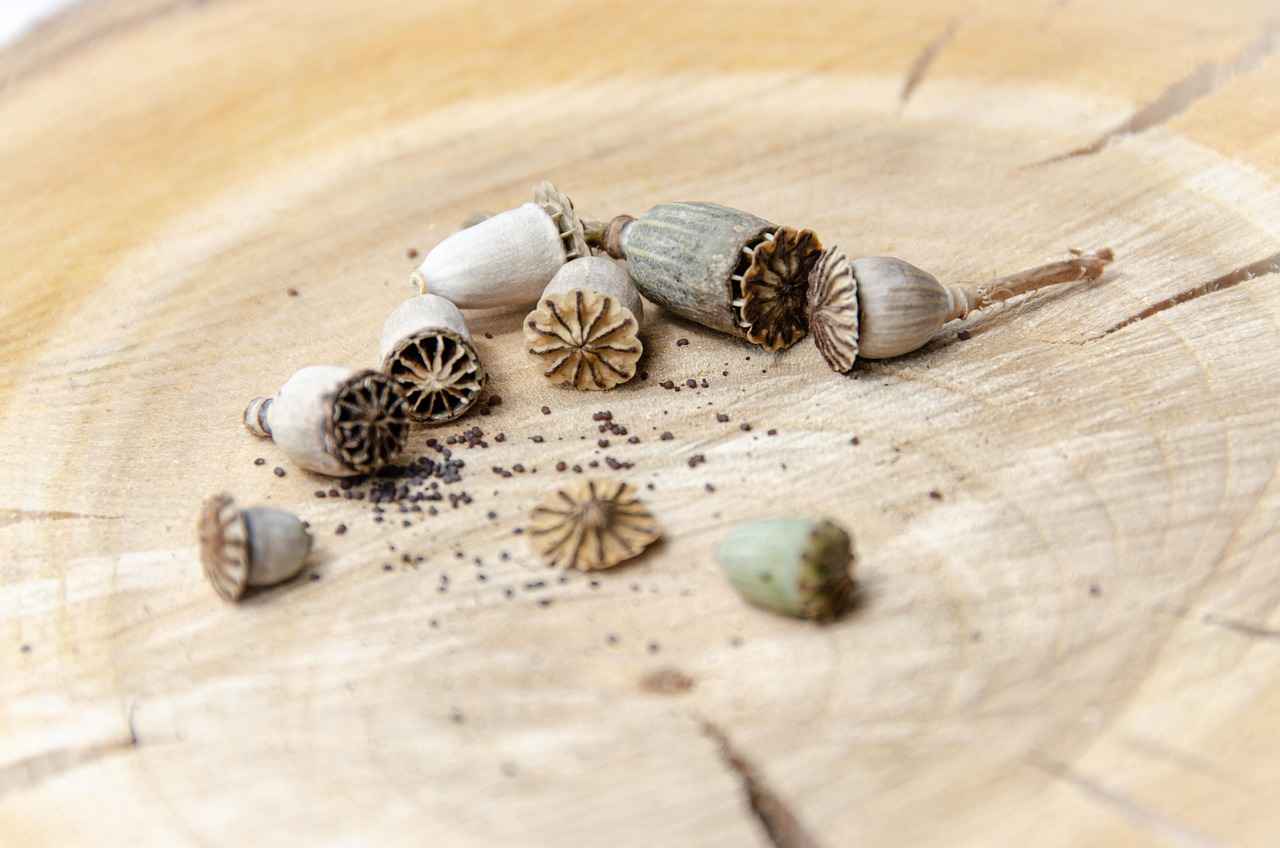
Are There Any Downsides to Using Chia Seed Eggs?
When it comes to vegan baking, chia seeds have emerged as a popular choice for replacing eggs. However, like any ingredient, they come with their own set of challenges. Understanding the potential downsides of using chia seed eggs can help bakers make informed decisions and adjustments in their recipes.
While chia seeds are a great substitute for eggs, some bakers may notice that they can slightly alter the texture of baked goods. This is primarily due to the gel-like consistency that chia seeds develop when mixed with water. Here are some key points to consider:
- Texture Changes: Chia seed eggs can create a denser texture in baked items compared to traditional eggs. This might be desirable in some recipes, like brownies, but could be less favorable in lighter dishes such as pancakes or muffins.
- Moisture Levels: Chia seeds absorb a significant amount of liquid, which can lead to overly moist or gummy results if not balanced with other ingredients. It’s essential to consider the overall moisture content of the recipe when using chia seeds.
- Flavor Considerations: Although chia seeds have a relatively neutral flavor, their presence can sometimes affect the overall taste of the final product. This is especially true if too much is used, which can impart a slight nuttiness that may not complement all recipes.
- Binding Properties: While chia seeds do provide binding, they may not be as effective as eggs in certain recipes, particularly those requiring a fluffy texture, such as soufflés or sponge cakes.
To mitigate these downsides, it’s crucial to experiment with ingredient ratios and baking times. Here are some practical tips:
1. Start with a 1:3 ratio of chia seeds to water.2. Allow the mixture to sit for 10-15 minutes to achieve the right gel-like consistency.3. Adjust other liquid ingredients in the recipe to compensate for the moisture chia seeds contribute.
Additionally, consider combining chia seeds with other egg substitutes for a more balanced texture. For instance, mixing chia seeds with a small amount of applesauce can enhance moisture while maintaining a lighter consistency.
Ultimately, while there are some downsides to using chia seed eggs, many bakers find that the benefits, such as nutritional value and vegan-friendliness, outweigh the challenges. With a bit of practice and adjustment, chia seeds can be successfully integrated into a wide range of recipes, allowing for delicious and health-conscious baked goods.
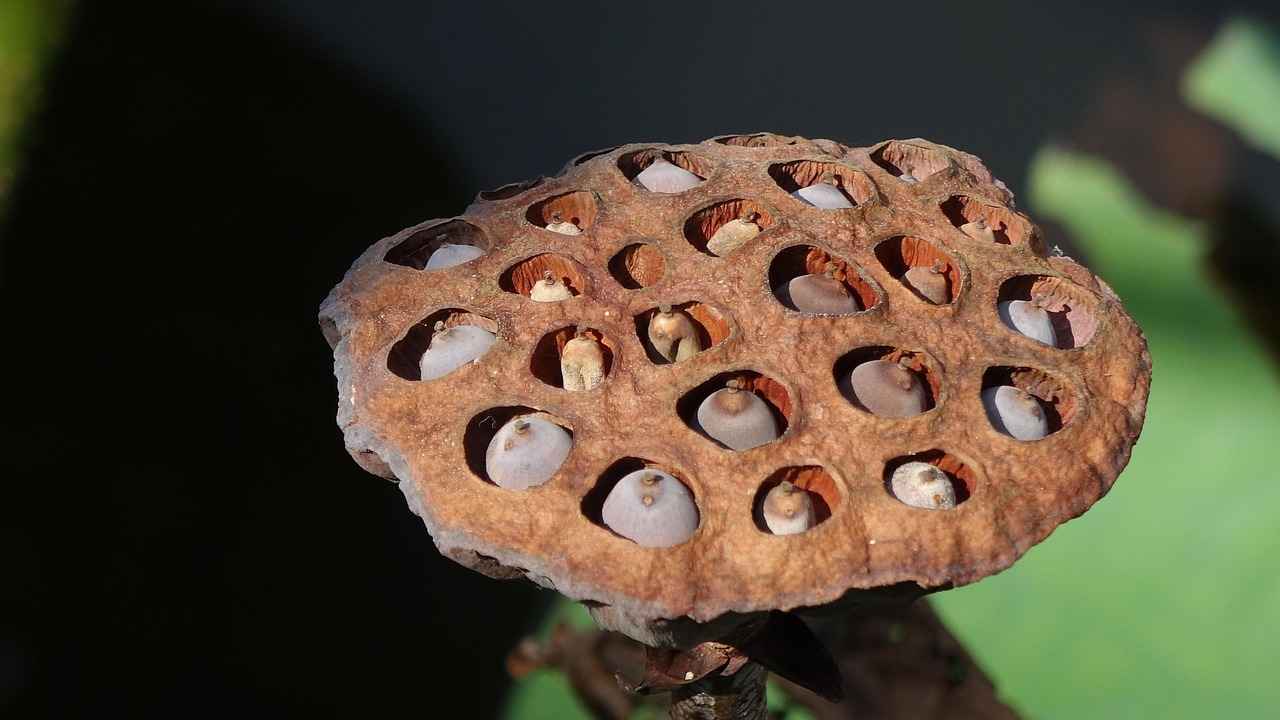
Tips for Successful Vegan Baking with Chia Seeds
When it comes to vegan baking, chia seeds have emerged as a popular and effective egg substitute. Their ability to bind ingredients together while adding moisture makes them a favorite among bakers. However, to truly harness the potential of chia seeds in your recipes, it’s essential to consider a few key tips for successful baking.
One important factor to keep in mind is that chia seeds can alter the moisture content of your baked goods. This means that adjusting baking times may be necessary to ensure that your treats are cooked evenly. For instance, if you notice that your muffins or cakes are taking longer to bake than traditional recipes, try extending the baking time by a few minutes. Always keep an eye on them to prevent over-baking, which can lead to dryness.
Another crucial aspect of using chia seeds is the ingredient ratio. The standard ratio for a chia seed egg is one tablespoon of chia seeds mixed with three tablespoons of water. However, depending on the recipe, you might want to adjust these amounts. For example, if you’re making a dense batter, slightly increasing the chia seeds can enhance the binding properties without compromising texture. Conversely, if you’re working with a lighter batter, you might reduce the chia seeds to maintain the desired fluffiness.
Chia seeds have a neutral flavor, but they can still influence the overall texture of your baked goods. It’s essential to taste test your creations as you experiment with different ratios and baking times. This will help you find the perfect balance that maintains the desired flavor profile while benefiting from the nutritional advantages of chia seeds. Remember, the goal is to enhance your recipes without overwhelming them.
- Pancakes: For fluffy pancakes, ensure you mix the chia seed egg thoroughly into your batter.
- Muffins: Experiment with adding extra chia seeds for added moisture.
- Cookies: Adjust baking times depending on the thickness of your dough.
- Brownies: A denser brownie may require a shorter baking time to maintain a fudgy texture.
As with any baking endeavor, monitoring the process is key. Use a toothpick or cake tester to check for doneness. Insert it into the center of your baked goods; if it comes out clean or with a few crumbs clinging to it, your treat is ready. If it’s still wet, give it a few more minutes in the oven.
To ensure that your chia seeds remain fresh and effective in your baking, store them in an airtight container in a cool, dark place. This will help preserve their nutritional value and prevent them from going rancid. Proper storage is essential for maintaining the quality of your baking ingredients.
By following these tips, you can successfully incorporate chia seeds into your vegan baking, achieving delicious results that are both nutritious and satisfying. Remember to stay patient and enjoy the process of experimenting with this versatile ingredient!

Can You Use Chia Seeds in Gluten-Free Baking?
When it comes to gluten-free baking, many home bakers are on the lookout for alternatives that not only substitute traditional ingredients but also enhance the overall quality of their baked goods. One such ingredient that has gained popularity is chia seeds. These tiny seeds are not only gluten-free but also pack a nutritional punch, making them an excellent choice for anyone looking to create delicious gluten-free recipes.
Chia seeds are derived from the Salvia hispanica plant and are naturally gluten-free. They can be easily incorporated into various gluten-free recipes, adding both moisture and binding properties. When soaked in water, chia seeds form a gel-like consistency that mimics the texture of eggs, making them an ideal substitute in many baked goods.
In gluten-free baking, moisture is crucial for achieving a desirable texture. Chia seeds can hold up to 10-12 times their weight in water, which helps maintain moisture levels in recipes that often turn out dry. This property makes them particularly useful in muffins, cakes, and pancakes, where a moist crumb is essential.
In addition to moisture, chia seeds act as a binding agent in gluten-free recipes. This is particularly important since gluten-free flours often lack the elasticity provided by gluten. By adding chia seeds, bakers can achieve a more cohesive mixture, resulting in baked goods that hold together better. This is especially beneficial in recipes like cookies and brownies.
To use chia seeds in your baking, start by preparing a chia seed egg substitute. Combine one tablespoon of chia seeds with three tablespoons of water, mix well, and let it sit for about 10-15 minutes until it thickens. This mixture can replace one egg in gluten-free recipes. For added benefits, consider grinding the chia seeds before mixing them with water, which can enhance their binding capabilities.
- Pancakes: Chia seeds add moisture and prevent pancakes from becoming too dry.
- Muffins: They help create a tender crumb while providing essential nutrients.
- Cookies: Chia seeds contribute to a chewy texture and enhance flavor.
- Brownies: They help bind the ingredients, resulting in fudgy, rich brownies.
While chia seeds are an excellent addition to gluten-free recipes, there are a few considerations to keep in mind. Some bakers may notice a slight change in texture or flavor, particularly if using a large amount. It is advisable to start with smaller quantities and gradually increase as needed. Additionally, be mindful of the hydration levels in your recipe, as chia seeds absorb a significant amount of liquid.
Chia seeds are widely available in health food stores, supermarkets, and online retailers. When purchasing, opt for organic and high-quality chia seeds to ensure the best results in your baking endeavors.
In summary, chia seeds are not only gluten-free but also offer numerous benefits for gluten-free baking. Their ability to provide moisture and binding properties makes them a versatile and nutritious choice for a variety of recipes. With a little experimentation, you can easily incorporate chia seeds into your gluten-free baking routine, enhancing both flavor and texture.
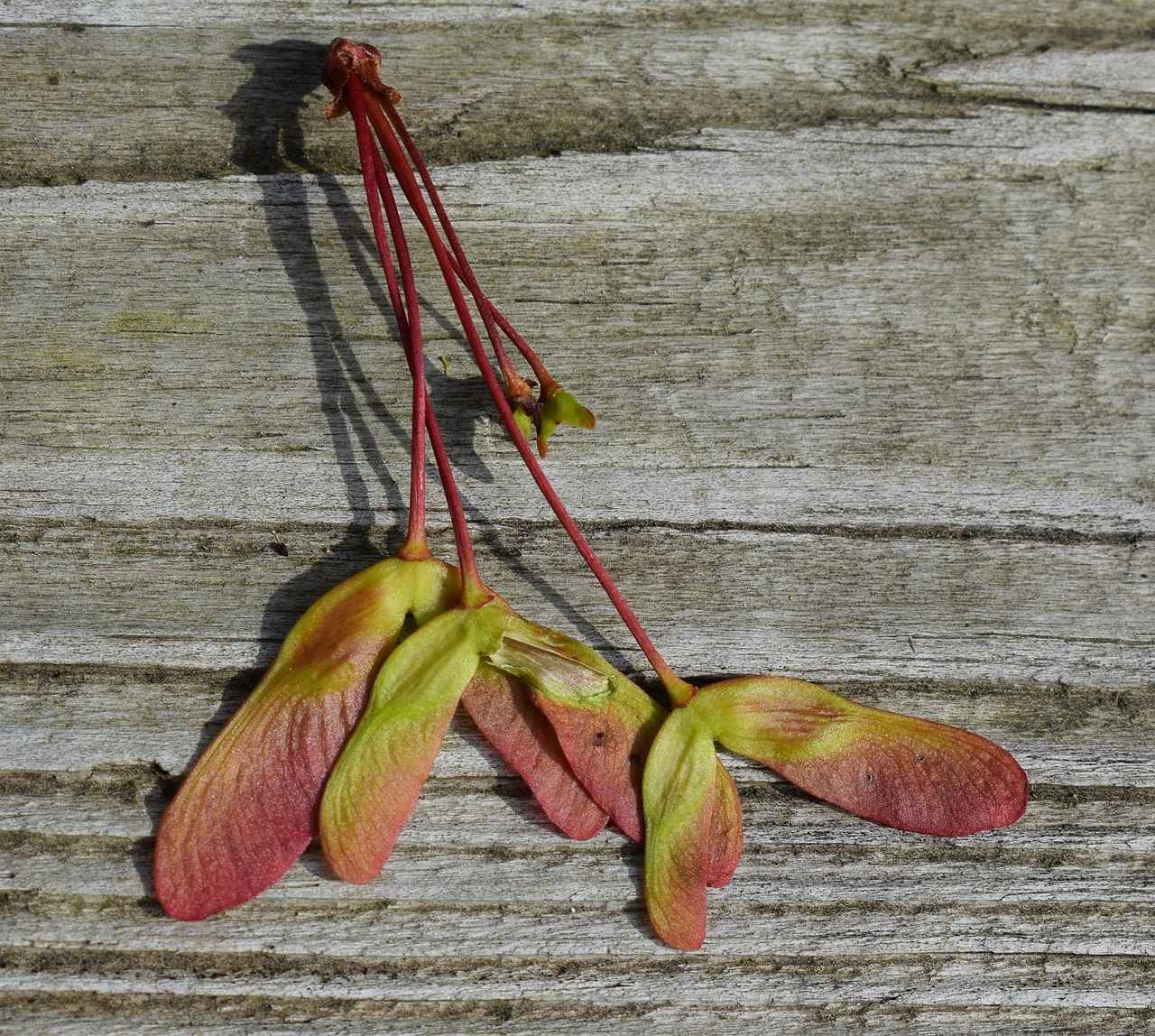
How to Store Chia Seeds for Optimal Freshness?
Chia seeds are a versatile superfood that can enhance your diet with their rich nutrient profile. However, to maximize their benefits, it’s essential to know how to store chia seeds for optimal freshness. Proper storage not only preserves their nutritional value but also extends their shelf life, ensuring you get the most out of this incredible ingredient.
Chia seeds contain healthy fats, which can become rancid if not stored correctly. When exposed to light, heat, and moisture, these seeds can lose their nutritional potency, which is why proper storage is crucial. By maintaining their freshness, you ensure that your chia seeds remain a beneficial addition to your recipes.
- Cool Temperature: Store chia seeds in a cool environment, ideally below 70°F (21°C). This helps prevent the oils within the seeds from breaking down.
- Dark Place: Exposure to light can degrade the quality of chia seeds. Keep them in a dark cupboard or pantry to shield them from sunlight.
- Airtight Container: Using an airtight container is essential to keep moisture out. Glass jars or vacuum-sealed bags work well for this purpose.
When stored properly in a cool, dark place in an airtight container, chia seeds can last for up to two years. However, it’s always a good idea to check for any off smells or changes in texture before using them.
Yes, you can refrigerate or freeze chia seeds for even more extended storage. Refrigeration slows down the process of oxidation, while freezing can preserve them for several years. Just ensure they are in a moisture-proof container to prevent freezer burn.
To ensure you are consuming fresh chia seeds, look for the following signs of spoilage:
- Off Smell: If they have a rancid or unusual odor, it’s best to discard them.
- Change in Texture: If the seeds feel sticky or clumpy, they may have absorbed moisture and should not be used.
- Discoloration: Any significant change in color can indicate spoilage.
Once you have stored your chia seeds correctly, they can be used in a variety of recipes. From smoothies to baked goods, chia seeds add a nutritional boost and a delightful texture. Always ensure to soak them in water or another liquid before use to activate their gel-like properties.
Storing chia seeds correctly is key to maintaining their freshness and nutritional benefits. By following the guidelines outlined above, you can enjoy the health benefits of chia seeds for months, if not years, to come. Remember, a little attention to storage can go a long way in preserving the quality of this superfood!

Where to Buy Chia Seeds for Baking?
When it comes to incorporating chia seeds into your baking, knowing where to purchase them is essential for ensuring quality and freshness. Chia seeds have gained immense popularity in recent years, making them readily available in various retail channels. This article will guide you on the best places to buy chia seeds for baking, focusing on quality and convenience.
Health food stores are often the go-to destination for organic chia seeds. These stores typically stock a wide range of health-conscious products, including seeds, nuts, and grains. When shopping at a health food store, you can often find bulk options, allowing you to buy the quantity you need without excessive packaging. Additionally, the staff can provide valuable insights on the best brands and products to choose from.
- Local Health Food Stores: Support your community while finding high-quality chia seeds.
- Co-ops: Many towns have cooperative grocery stores that focus on organic and local products.
Most major supermarkets now carry chia seeds, often in the health food aisle or the baking section. Look for well-known brands that offer organic options to ensure you’re getting the best quality. Supermarkets are a convenient choice for those who want to pick up chia seeds during their regular grocery shopping.
- Large Chains: Stores like Walmart and Target typically have a selection of chia seeds.
- Specialty Aisles: Check the aisles dedicated to health foods or natural products.
For those who prefer shopping from home, online retailers offer an extensive variety of chia seeds. Websites such as Amazon, Thrive Market, and iHerb provide numerous brands, sizes, and price points. Shopping online allows you to compare products easily and read customer reviews to make an informed decision.
Benefits of Buying Chia Seeds Online:- Wider Selection- Competitive Pricing- Convenient Home Delivery
Visiting a farmers’ market can be a delightful way to find locally sourced chia seeds. Many small-scale farmers and vendors sell organic seeds, often at competitive prices. Purchasing from farmers’ markets not only supports local agriculture but also allows you to ask questions about the seeds’ origin and cultivation methods.
Regardless of where you decide to buy your chia seeds, always look for high-quality, organic options. Check for certifications on the packaging, such as USDA Organic, which indicates that the seeds meet specific organic farming standards. Additionally, inspect the packaging for freshness dates to ensure you are getting the best product.
In summary, chia seeds are widely available through various channels, including health food stores, supermarkets, online retailers, and farmers’ markets. By prioritizing quality and freshness, you can enhance your baking experience and enjoy the numerous health benefits that chia seeds offer.
Frequently Asked Questions
- How many chia seeds do I need for one egg substitute?
You only need one tablespoon of chia seeds mixed with three tablespoons of water to replace one egg. Let it sit for about 10-15 minutes until it becomes gel-like!
- Can chia seeds be used in savory recipes?
Absolutely! Chia seeds can work wonders in savory dishes too. Think of them as a secret ingredient that adds moisture and nutrition to your favorite savory baked goods.
- Will using chia seeds change the flavor of my baked goods?
Not at all! Chia seeds have a very neutral flavor, so they won’t overpower your recipes. Instead, they enhance the texture while keeping the taste just right!
- Are there any specific recipes where chia seed eggs shine?
Chia seed eggs are fantastic in pancakes, muffins, cookies, and brownies. They bring a delightful texture and moisture that makes your treats even more delicious!
- How do I know if my chia seed egg is ready?
Once it thickens to a gel-like consistency, you know it’s ready! It should resemble a thick pudding, perfect for mixing into your batter.
